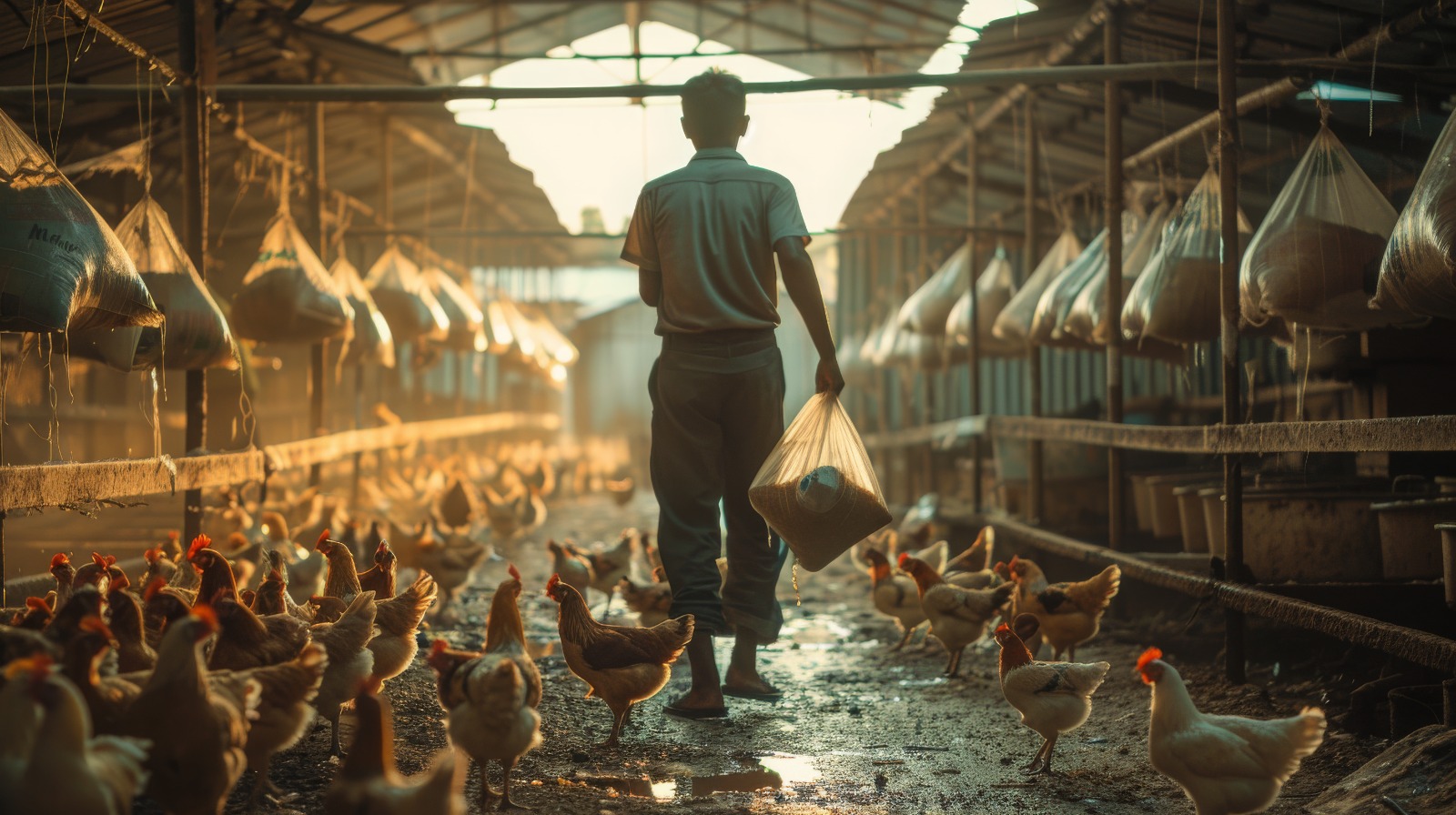
Poultry Farming In Morocco
Poultry farming in Morocco is a vital component of the nation's agricultural sector, contributing significantly to both the economy and food security. The industry encompasses both commercial operations and traditional backyard farming, each playing distinct roles in production and rural livelihoods.
Production Growth:
- Production Growth: Over the past four decades, Morocco's poultry production has seen substantial growth, increasing from 55,000 tons of meat and 278 million eggs in 1981 to 625,000 tons of meat and 5.5 billion eggs in 2021.
Commercial Sector Dominance:
- Commercial Sector Dominance: The commercial poultry sector dominates the market, with large-scale operations focusing on intensive production to meet the demands of urban populations.
Prevalence in Rural Areas:
- Prevalence in Rural Areas: Backyard poultry farming is widespread in rural Morocco, serving as a crucial source of income and nutrition for households. Women predominantly manage these flocks, with 86% of backyard poultry owners being female.
Flock Composition and Management:
- Flock Composition and Management: Households typically maintain small flocks comprising chickens, guinea fowls, pigeons, and turkeys. These birds are often raised under free-range conditions, scavenging for food supplemented by household scraps. However, challenges such as limited veterinary care, inadequate biosecurity measures, and high mortality rates due to disease and predation persist.
Economic Pressures:
- Economic Pressures: The industry faces economic challenges, including high production costs and fluctuating market prices. In 2022, the Association of Poultry Breeders highlighted a "real disaster" due to elevated feed prices and an oversupply of chicks, leading to financial losses for producers.